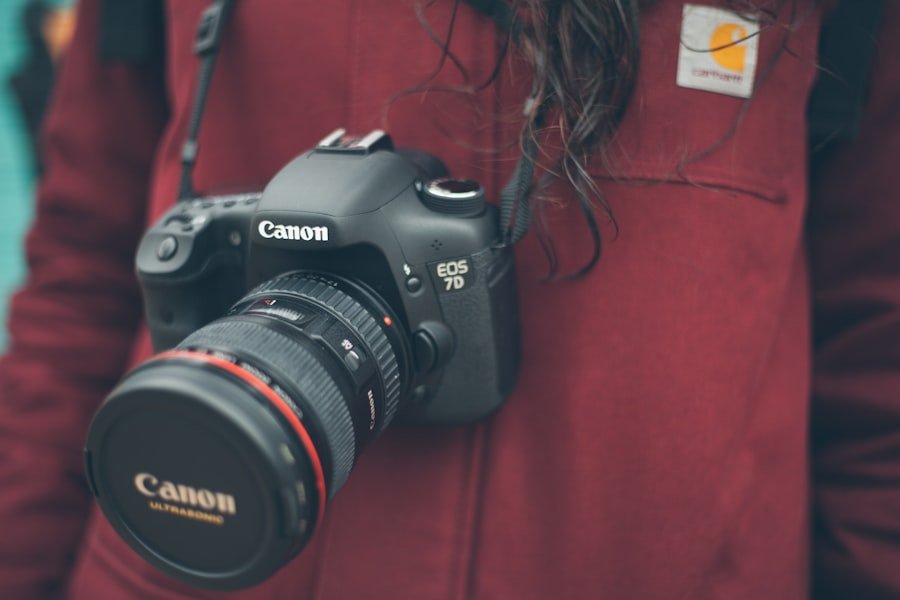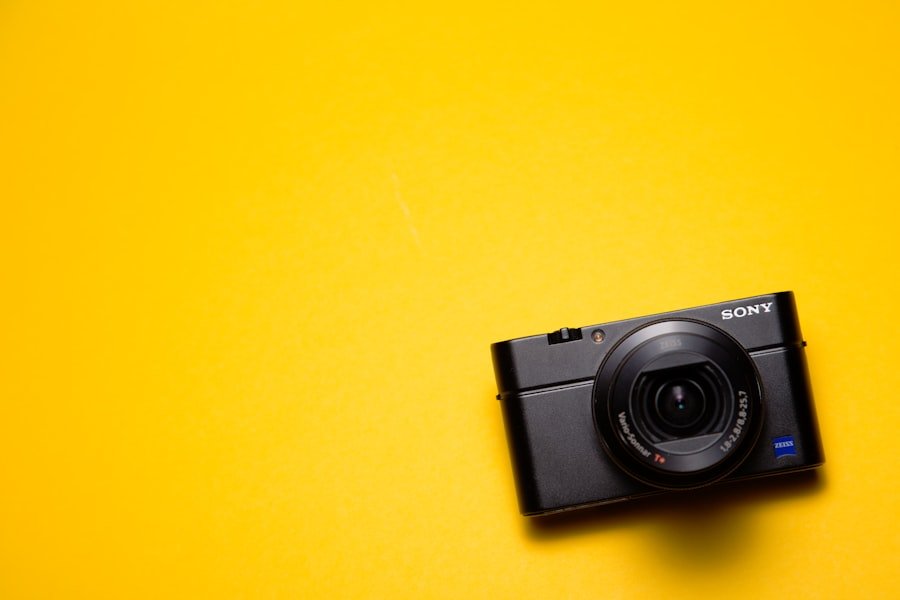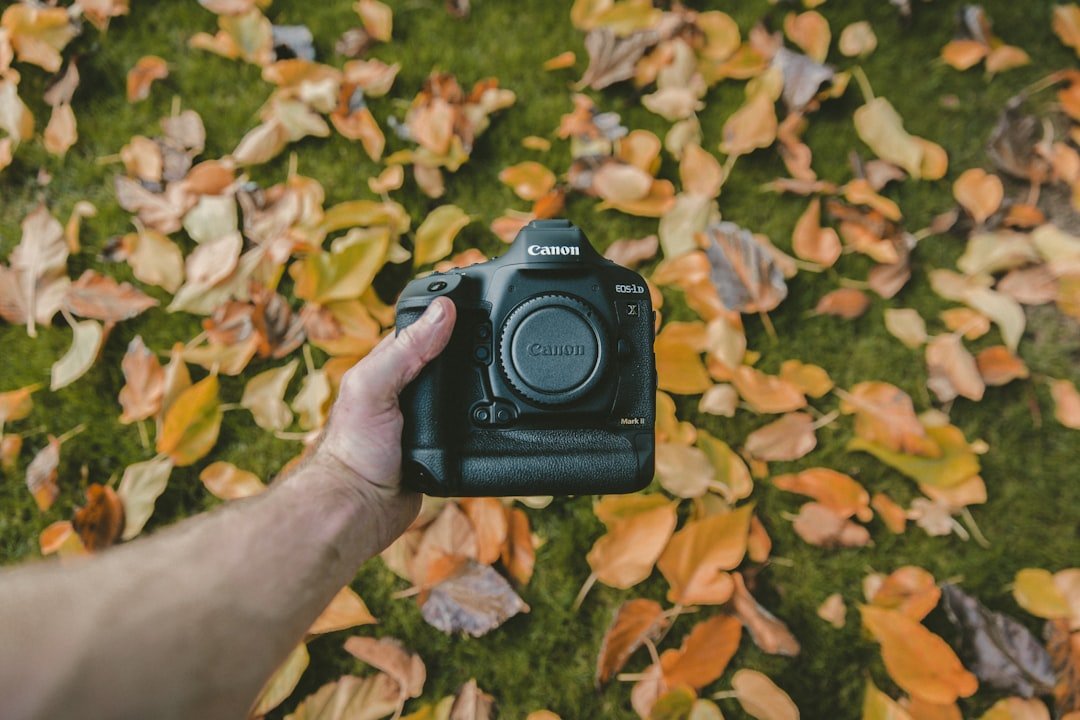Apple has consistently been at the forefront of smartphone technology, and with the launch of its latest iPhone model, the company has once again raised the bar for mobile photography. The introduction of a triple camera system marks a significant leap in the capabilities of smartphone cameras, allowing users to capture images and videos with unprecedented clarity and versatility. This innovation is not merely an incremental upgrade; it represents a fundamental shift in how users can approach photography and videography on their mobile devices.
By integrating three distinct lenses into a single device, Apple has opened up a world of creative possibilities that were previously reserved for professional cameras. The triple camera system includes a wide-angle lens, an ultra-wide lens, and a telephoto lens, each serving a unique purpose. This combination allows users to switch seamlessly between different perspectives, whether they are capturing sweeping landscapes or intimate portraits.
The design of the camera module itself has also evolved, with Apple placing a strong emphasis on aesthetics and functionality. The arrangement of the lenses not only enhances the device’s visual appeal but also optimizes performance, ensuring that users can take full advantage of the advanced technology housed within. As we delve deeper into the benefits and implications of this innovation, it becomes clear that Apple’s commitment to enhancing user experience is at the heart of this development.
Key Takeaways
- Apple’s new iPhone features a triple camera system, marking a significant innovation in smartphone photography.
- The three cameras offer benefits such as improved low-light performance, enhanced zoom capabilities, and advanced depth sensing for portrait mode.
- The advanced technology behind the triple camera system includes computational photography, Smart HDR, and the A13 Bionic chip for real-time processing.
- Compared to previous iPhone models, the triple camera system provides a significant leap in image quality, versatility, and creative possibilities.
- The triple camera innovation has a profound impact on photography and videography, allowing users to capture stunning images and videos with unprecedented detail and clarity.
The benefits of having three cameras on the new iPhone
Versatility Through Multiple Lenses
The multiple lenses provide enhanced flexibility, catering to different photography needs. The wide-angle lens is ideal for capturing expansive scenes like landscapes or group photos, while the ultra-wide lens offers even broader perspectives, making it perfect for architecture or tight spaces.
Telephoto Lens for Distant Subjects
The telephoto lens excels in capturing distant subjects with remarkable detail, making it an excellent choice for wildlife photography or candid shots from afar. The ability to switch between these lenses in real-time provides users with a fluid and dynamic shooting experience, encouraging creativity and experimentation with different compositions and perspectives.
Enhanced Low-Light Performance
The triple camera system also enhances low-light performance through advanced computational photography techniques. By combining data from all three lenses, the iPhone can produce brighter and clearer images in challenging lighting conditions, making it particularly beneficial for night photography or indoor settings where natural light is limited.
The advanced technology behind the triple camera system

At the core of the triple camera system lies a suite of advanced technologies that work in harmony to deliver exceptional image quality. Each lens is equipped with its own sensor and specialized optics designed to optimize performance for specific scenarios. The wide-angle lens typically features a larger aperture, allowing more light to enter, which is crucial for capturing sharp images in low-light environments.
The ultra-wide lens, with its expansive field of view, utilizes distortion correction algorithms to ensure that images remain true to life without the exaggerated curvature often seen in wide-angle photography. Furthermore, Apple’s computational photography capabilities play a pivotal role in enhancing the overall performance of the triple camera system. Features such as Smart HDR leverage machine learning algorithms to analyze scenes and intelligently adjust exposure levels, ensuring that both highlights and shadows are well-represented in a single shot.
Night mode is another groundbreaking feature that utilizes data from all three cameras to create stunning low-light images by taking multiple exposures and blending them together for optimal clarity and detail. This sophisticated technology not only elevates the quality of photographs but also simplifies the process for users who may not have extensive photography knowledge.
Comparison of the triple camera system with previous iPhone models
| iPhone Model | Camera System | Features |
|---|---|---|
| iPhone 11 | Triple camera system | Ultra Wide, Wide, and Telephoto lenses |
| iPhone XS | Dual camera system | Wide and Telephoto lenses |
| iPhone X | Dual camera system | Wide and Telephoto lenses |
| iPhone 8 Plus | Dual camera system | Wide and Telephoto lenses |
When comparing the triple camera system to previous iPhone models, it becomes evident that Apple has made significant strides in enhancing photographic capabilities. Earlier models typically featured a dual-camera setup, which provided some level of versatility but lacked the comprehensive functionality offered by three distinct lenses. For instance, while dual-camera systems allowed for basic portrait modes and optical zoom capabilities, they fell short in terms of wide-angle photography and low-light performance.
The introduction of the triple camera system has effectively bridged this gap, offering users a more holistic approach to mobile photography. In contrast to earlier models like the iPhone X or iPhone 8, which relied heavily on digital zoom and limited field-of-view options, the new iPhone empowers users with true optical zoom capabilities through its telephoto lens. This advancement not only enhances image quality but also allows for greater creative expression by enabling users to capture scenes from various angles without sacrificing detail or clarity.
The impact of the triple camera innovation on photography and videography
The impact of Apple’s triple camera innovation extends far beyond mere technical specifications; it has fundamentally transformed how users engage with photography and videography on their smartphones. With the ability to capture high-quality images across a range of scenarios—from sweeping landscapes to intricate close-ups—users are now empowered to tell their stories through visual media in ways that were previously unattainable with mobile devices. This democratization of photography has led to an explosion of creativity among amateur photographers and content creators alike.
Moreover, the enhanced video capabilities afforded by the triple camera system have revolutionized mobile videography. Users can now shoot cinematic-quality videos with ease, utilizing features such as 4K recording at various frame rates and advanced stabilization technology that minimizes shaky footage. The ability to switch between lenses while recording allows for dynamic storytelling techniques that were once reserved for professional filmmakers.
As a result, social media platforms have seen an influx of high-quality content created using smartphones, further blurring the lines between amateur and professional work.
User experience and feedback on the new triple camera system

User experience plays a crucial role in determining the success of any technological innovation, and early feedback on Apple’s triple camera system has been overwhelmingly positive. Many users have praised the intuitive interface that allows for seamless switching between lenses while shooting. This ease of use is particularly appealing to those who may not have extensive photography experience but still wish to capture stunning images effortlessly.
The automatic adjustments made by the camera software also receive accolades for their ability to enhance image quality without requiring manual intervention. Additionally, users have reported significant improvements in low-light performance thanks to features like Night mode. Photographers who previously struggled with capturing clear images in dimly lit environments have found renewed confidence in their ability to produce high-quality results.
Social media platforms are filled with user-generated content showcasing breathtaking night shots that highlight this capability. However, some feedback has pointed out that while the triple camera system offers remarkable versatility, it can also lead to an overwhelming number of options for novice users who may feel unsure about which lens to choose for specific situations.
Potential future developments and improvements for Apple’s triple camera innovation
As technology continues to evolve at a rapid pace, there are numerous potential developments and improvements that could further enhance Apple’s triple camera innovation in future iPhone models. One area ripe for exploration is augmented reality (AR) integration within the camera system. By leveraging multiple lenses and advanced sensors, Apple could create immersive AR experiences that allow users to interact with their environment in entirely new ways.
This could include features such as real-time object recognition or enhanced depth mapping for more accurate AR applications. Another avenue for improvement lies in artificial intelligence (AI) enhancements that could further streamline user experience. Future iterations of the camera software could incorporate more sophisticated machine learning algorithms capable of recognizing specific scenes or subjects and automatically adjusting settings accordingly.
This would not only simplify the shooting process but also ensure optimal results regardless of user expertise. Additionally, advancements in lens technology could lead to even greater optical performance, such as improved zoom capabilities or enhanced low-light sensitivity.
Conclusion and final thoughts on the new iPhone’s triple camera innovation
The introduction of Apple’s triple camera system represents a significant milestone in smartphone photography and videography, offering users unparalleled versatility and quality in their creative endeavors. With its advanced technology and user-friendly interface, this innovation has transformed how individuals capture and share their experiences through visual media. As Apple continues to push boundaries in mobile technology, it will be fascinating to see how future developments build upon this foundation, further enriching user experiences and expanding creative possibilities in ways we can only begin to imagine.
Apple has recently released the new iPhone model with 3 cameras, revolutionizing the way we capture photos and videos on our smartphones. This innovative feature has sparked a lot of interest among tech enthusiasts and photography lovers alike. For more information on the latest iPhone models and their features, check out this article on getiphoneinfo.com.
FAQs
What iPhone has 3 cameras?
The iPhone 11 Pro and iPhone 11 Pro Max are the models that feature 3 cameras on the back.
What are the three cameras used for?
The three cameras on the iPhone 11 Pro and iPhone 11 Pro Max are used for capturing standard, ultra-wide, and telephoto photos and videos.
What are the specifications of the three cameras?
The three cameras consist of a 12-megapixel wide camera, a 12-megapixel ultra-wide camera, and a 12-megapixel telephoto camera.
What are the benefits of having three cameras on an iPhone?
Having three cameras allows for a wider range of photography options, including the ability to capture more of a scene with the ultra-wide camera and to zoom in on distant subjects with the telephoto camera.
Are there any other iPhones with three cameras?
As of now, the iPhone 11 Pro and iPhone 11 Pro Max are the only models with three cameras.










